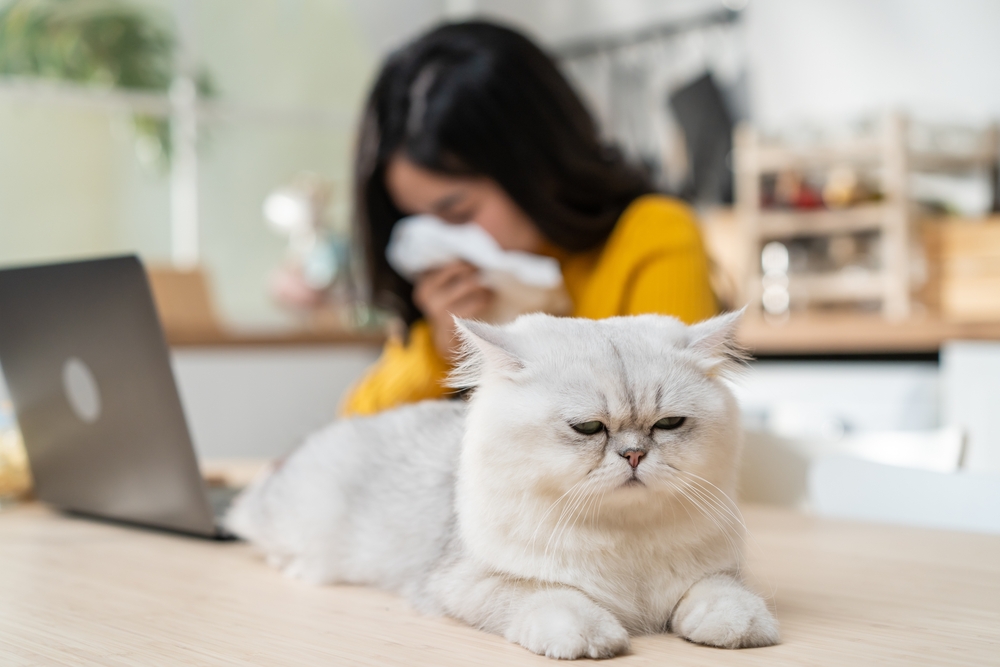Health Capsule
Experimental Cat Allergy Therapy Gives More Effective Relief

Researchers are testing a new way to treat people with allergies. The method uses regular allergy shots plus a lab-made molecule. The molecule blocks substances involved in allergic reactions in the body. For people with cat allergies, the combination therapy gave more effective relief than allergy shots alone.
When you breathe in high amounts of a substance you’re allergic to—such as pollen, mold, pet dander, or dust mites—the resulting reactions in the nose are called allergic rhinitis. You may develop a stuffy, runny, and itchy nose as well as sneezing. These problems are caused by the body’s disease defenses reacting to something that’s harmless for most people.
Some people get allergy shots to reduce these reactions. The shots gradually expose them to higher doses of the substance they’re allergic to. This can train the body’s defenses not to react when these things are in the air. Unfortunately, allergy shots don’t work for every-one. And the shots usually need to be given for at least three years.
To test the new treatment, an NIH-funded research team studied 121 adults with cat allergies. Some participants received allergy shots alone. Others received the new combination treatment. Treatments lasted nearly a year.
By the time the treatments ended, both groups had improved. But when exposed to cat proteins, those given the experimental combination therapy had fewer symptoms than people given allergy shots alone. A year after the treatments were stopped, the effects from the standard allergy shots started wearing off. But the experimental treatment was still working to reduce symptoms.
Researchers are continuing to study how the treatment works. They also plan to test and see if the approach might help to treat food allergies.
NIH Office of Communications and Public Liaison
Health and Science Publications Branch
Building 31, Room 5B52
Bethesda, MD 20892-2094
Contact Us:
nihnewsinhealth@od.nih.gov
Phone: 301-451-8224
Share Our Materials: Reprint our articles and illustrations in your own publication. Our material is not copyrighted. Please acknowledge NIH News in Health as the source and send us a copy.
For more consumer health news and information, visit health.nih.gov.
For wellness toolkits, visit www.nih.gov/wellnesstoolkits.




